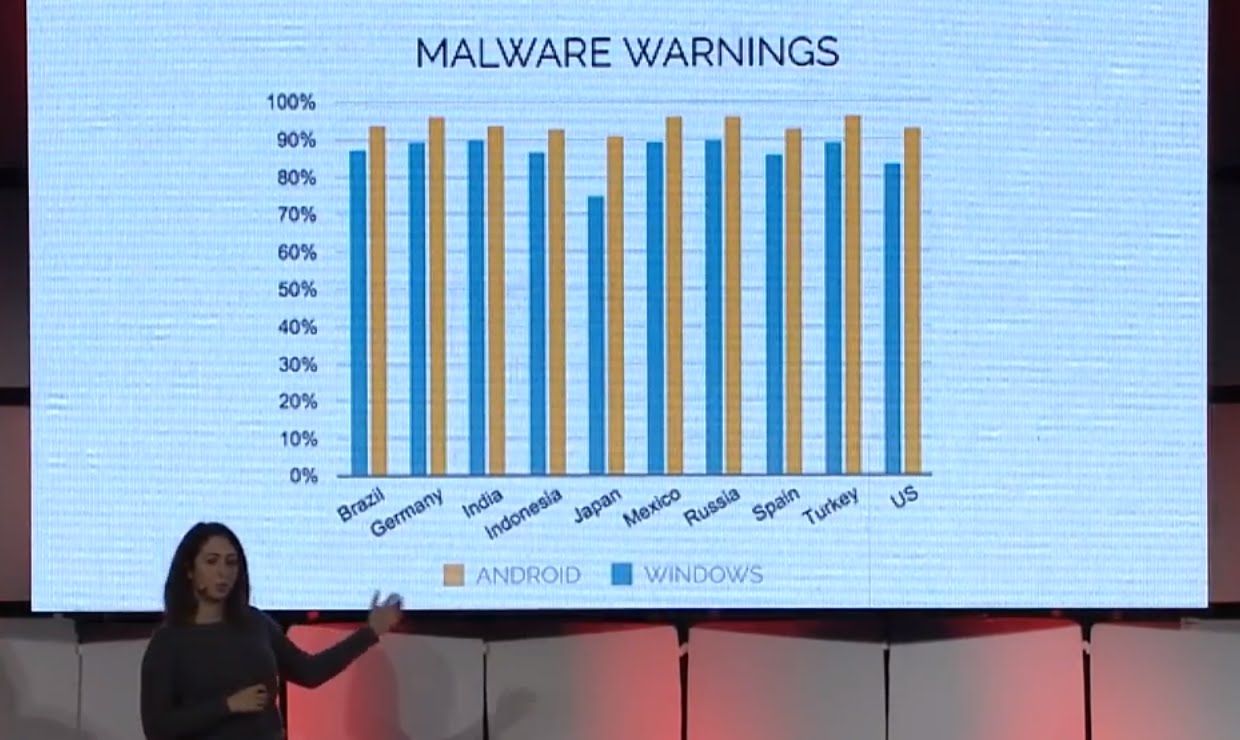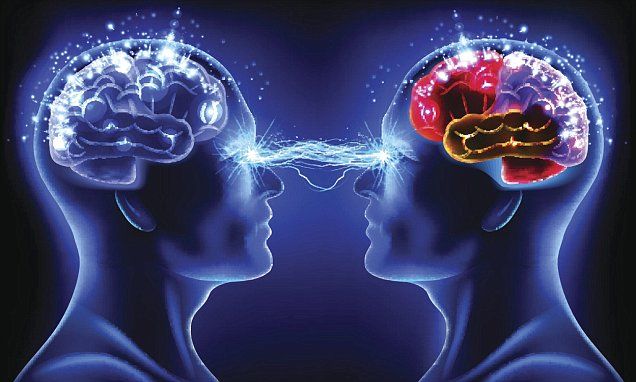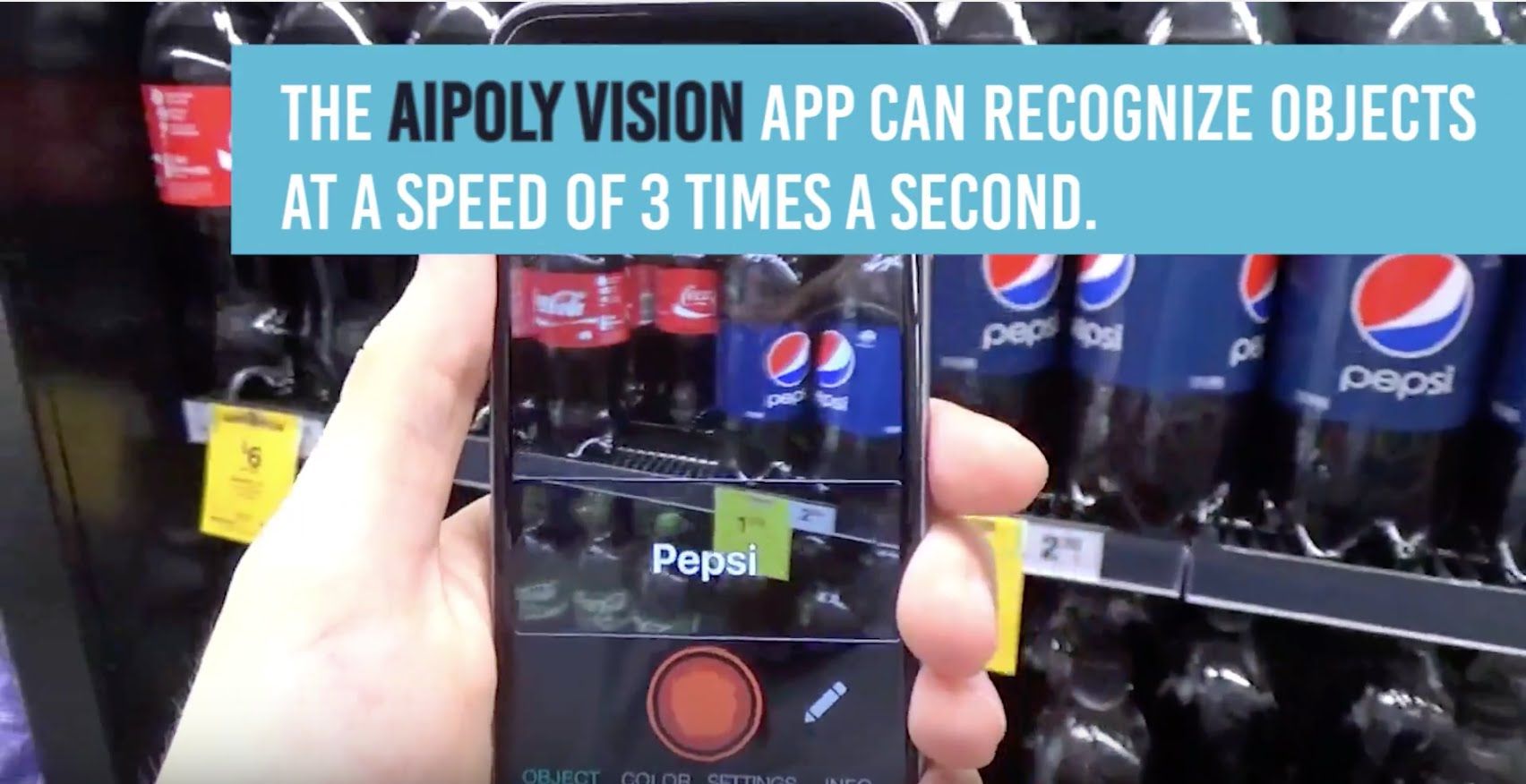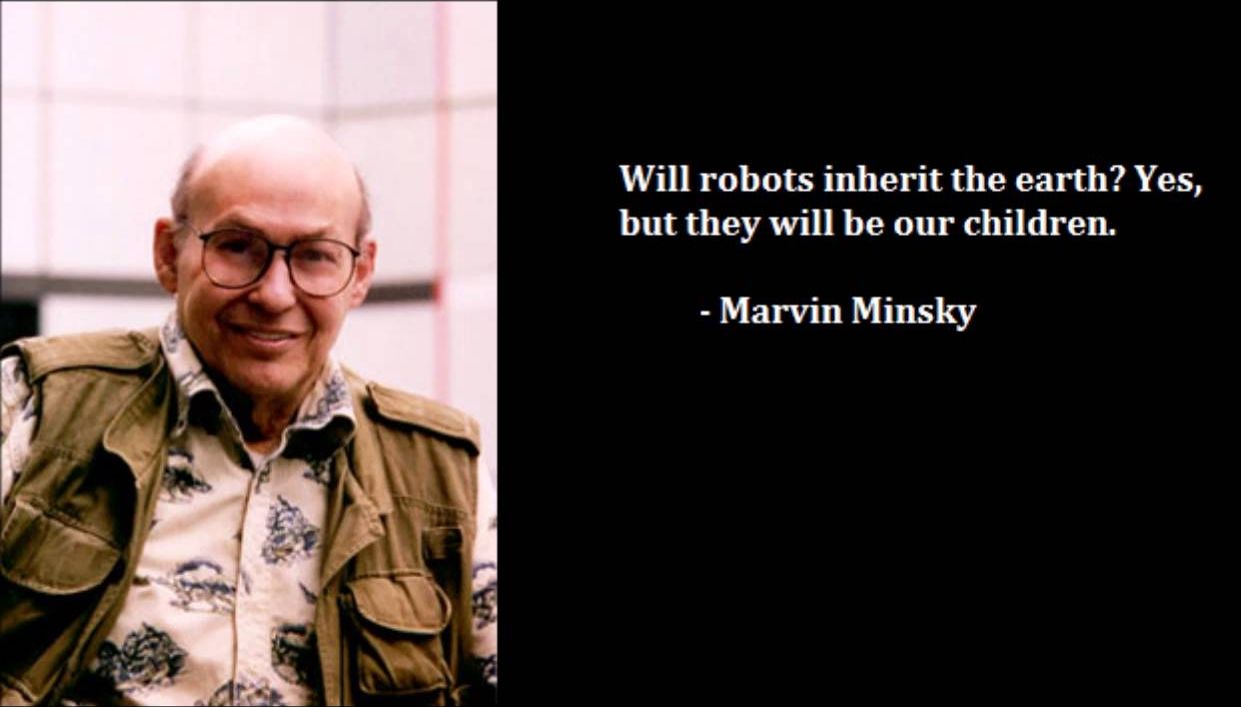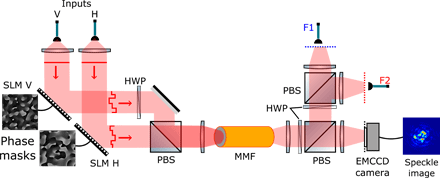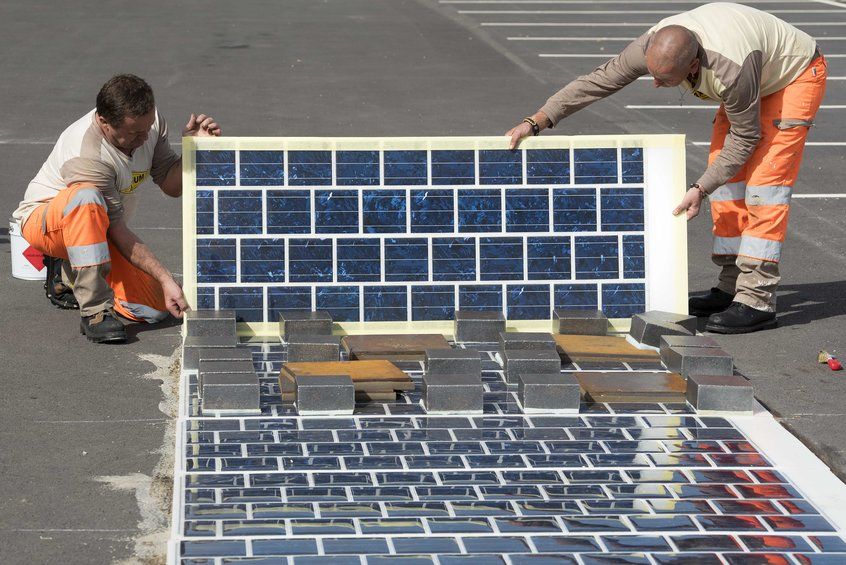Jan 29, 2016
USENIX Enigma 2016 — Why Is Usable Security Hard, and What Should We Do about it?
Posted by Roman Mednitzer in category: security
Adrienne Porter Felt, Staff Software Engineer, Google Chrome.
Everyone wants to build software that’s both usable and secure, yet the world is full of software that falters at this intersection. How does this happen? I experienced the disconnect firsthand, when the Chrome security team redid Chrome’s security UI to conform to best practices for usable security. In the process, we learned how hard it is to actually adhere to oft-cited wisdom about usable security when faced with real-world constraints and priorities. With a set of case studies, I’ll illustrate the limitations we encountered when trying to apply common wisdom to a browser with more than a billion users—and discuss what has actually worked for us in practice, which might work for other practitioners too.
